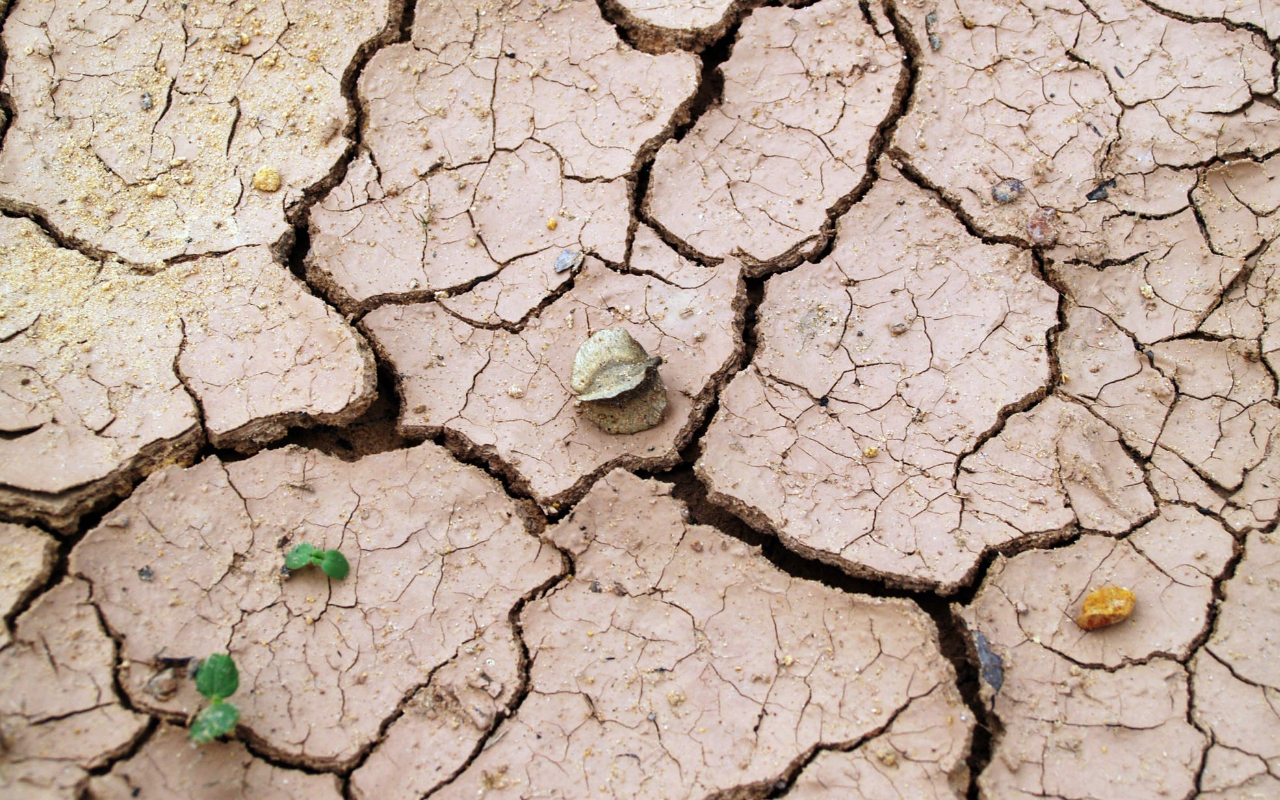Soil degradation
The soil has a much more precarious existence than we might think: globally, the UN indicates that a quarter of cultivated lands are in conditions of increasing degradation, with serious risks for the continuity of agricultural production. Not surprisingly, one of the most demanding challenges listed by the SDGs (UN sustainable development goals) is to pursue neutral world land degradation, or halt the growth of soil degradation processes by 2030. Europe and Italy are no strangers to the problem. In fact, one of the main threats to Italy is water erosion, which particularly afflicts the Apennine regions. It is estimated that in Italy, on average, 8.3 tonnes of soil per hectare/year are lost due to water erosion, the worst value among all continental states, with responsibility linked to intensive farming practices, especially in hilly areas. Even wind erosion plays a significant role, with 10% of our territory classed as having “moderate” or “high” susceptibility to this threat. The loss of organic matter is everywhere associated with industrial agriculture: in Italy the cultivated plains generally have excessively low levels of organic matter, lower than 2% and, in the South and in the larger islands, even lower than 1%. A condition which, combined with climate change, represents the foretaste of desertification, to which we are concretely exposed. As far as compaction is concerned, due to processing with heavy agricultural vehicles that destroy the soil structure, Italy has “average” or “high” levels of susceptibility in the Po Valley and along the cultivated strips of the Adriatic coast and major islands. The problems of diffuse contamination are also very relevant. This is reflected both in the use of pesticides – among the highest in Europe – and in the excessive concentration of nitrates, especially in areas with a high livestock intensity in the Lombard plain. To this must be added as many as 15,000 sites of potential contamination. Salinisation, which in Italy mainly concerns the coastal plains exposed to salt intrusion, is to be monitored in relation to the possible effects of climate change, which expose irrigated soils, particularly those in the Po Valley, to this risk. The same plain is greatly exposed to the risk of compromising the biological functions due to the loss of biodiversity of the soils. Finally, we note the prevalence of landslides, a form of degradation that affects all the mountain ranges and their hilly strips.

